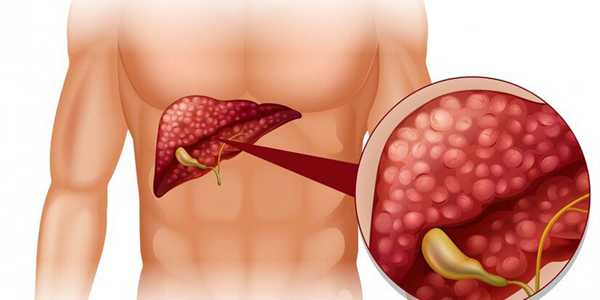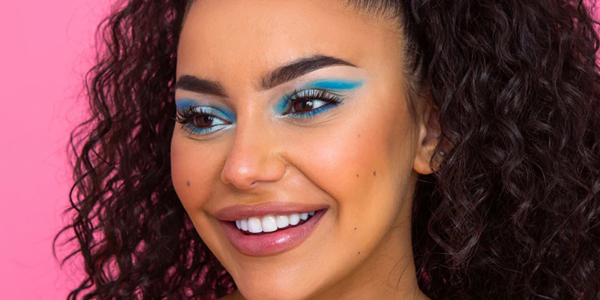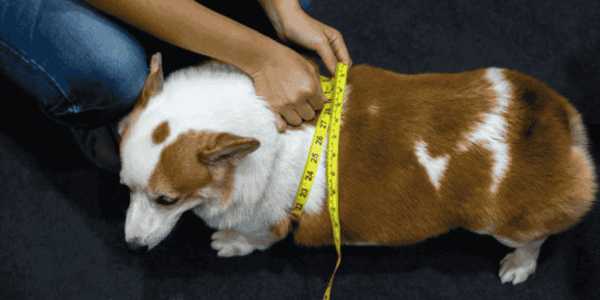Health & medical treatment
How To Manage And Treat Varicose Veins?
Varicose veins are dilated, twisted veins that predominantly affect the legs and feet. They are often recognizable by their dark blue or purple appearance and can cause discomfort, swelling, and a persistent feeling of heaviness in the legs. Research indicates that approximately 25-30% of adults experience varying degrees of varicose veins, which can significantly affect their daily activities and overall quality of life. This condition can lead to persistent pain and self-consciousness, making it essential to understand effective management and treatment options for alleviating discomfort and improving related health outcomes.
Varicose veins are dilated, twisted veins that predominantly affect the legs and feet. They are often recognizable by their dark blue or purple appearance and can cause discomfort, swelling, and a persistent feeling of heaviness in the legs. Research indicates that approximately 25-30% of adults experience varying degrees of varicose veins, which can significantly affect their daily activities and overall quality of life. This condition can lead to persistent pain and self-consciousness, making it essential to understand effective management and treatment options for alleviating discomfort and improving related health outcomes.
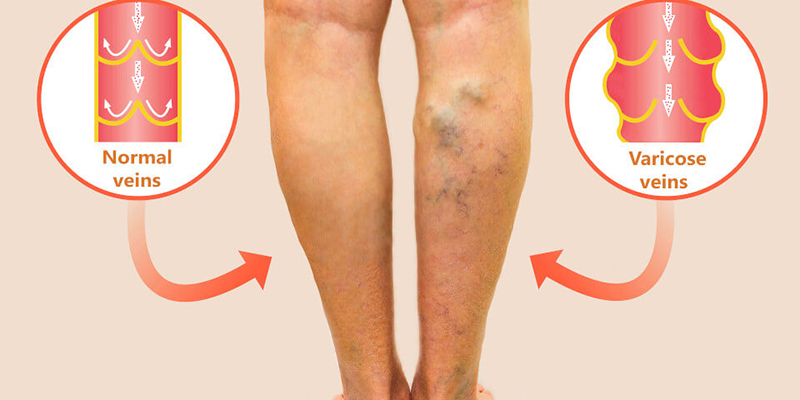
Development Of Varicose Veins
Varicose veins occur when veins become enlarged and twisted, appearing prominently in blue or dark purple hues on the legs. They develop primarily due to weaknesses in the vein walls and valves, resulting in improper blood flow and pooling in the affected areas. The condition is mainly linked to increased venous pressure, which can arise from several factors.
Genetics plays a significant role in the emergence of varicose veins, as a family history of the condition raises an individual’s likelihood of developing them. Hereditary influences can lead to weaker vein structures and malfunctioning valves.
Lifestyle factors are also critical in influencing the occurrence of varicose veins. Factors such as obesity and pregnancy create additional pressure on the veins, while prolonged sitting or standing can disrupt normal blood circulation, exacerbating the situation.
It is essential to differentiate varicose veins from spider veins, as they are often confused. Spider veins are smaller, typically red or blue, and lie closer to the skin's surface. They may not cause the same level of discomfort as varicose veins, making this distinction crucial for effectively recognizing and addressing vein-related health concerns.
Recognizing Symptoms And Diagnostic Procedures
Common symptoms of varicose veins can signal the need for further evaluation. Individuals may experience various sensations, such as pain, heaviness, and swelling in the legs after extended periods of standing or sitting. Additionally, the condition is often marked by prominently visible bulging veins that are dark blue or purple, leading to potential cosmetic concerns. In chronic cases, significant skin changes, such as discolouration or ulcers near the ankles, can arise due to poor circulation, indicating that medical assessment may be necessary.
The diagnostic process for varicose veins typically starts with a comprehensive physical examination, where healthcare providers assess the legs for visible signs of the condition. They also discuss the patient's medical history and any reported symptoms. Ultrasound imaging is commonly employed to confirm the diagnosis effectively and evaluate blood flow. This non-invasive technique allows for detecting abnormalities within the veins that could require further treatment, facilitating a clearer understanding of the condition for effective management.
Effective Management Techniques For Varicose Veins
Managing varicose veins efficiently involves incorporating various lifestyle changes and home remedies that enhance overall vein health. One crucial component is weight management; excess body weight can intensify pressure on the veins, worsening symptoms. By maintaining a healthy weight through a balanced diet and regular physical activity, individuals can alleviate some strain on their veins, potentially reducing discomfort.
Regular exercise is essential in this regard. Walking, swimming, or cycling promote physical fitness and enhance blood circulation, vital for managing varicose veins. These low-impact exercises help keep blood flowing properly and can improve vein function over time.
Elevating the legs to a position above heart level is another effective strategy for managing symptoms. This technique can reduce swelling by facilitating better blood circulation back to the heart, which relieves discomfort associated with varicose veins.
Using compression stockings can also contribute to effective management. These stockings apply gentle pressure to the legs, improving circulation and diminishing some swelling and pain typically associated with the condition.
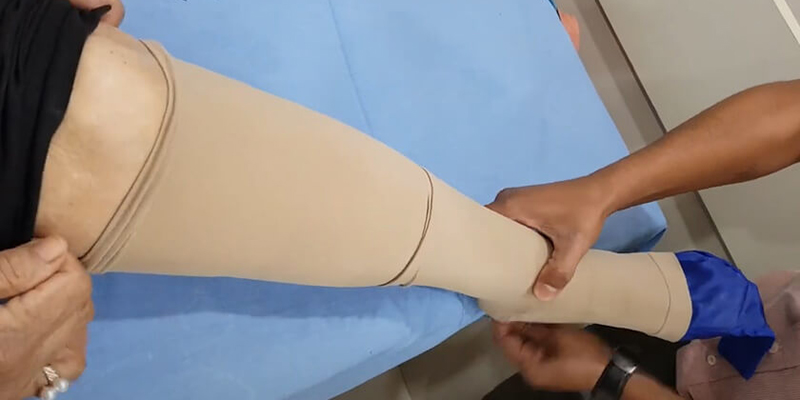
In addition to these practical approaches, specific home remedies may relieve symptoms. Herbal supplements like horse chestnut seed extract have properties known to support vein health. Furthermore, soaking in warm baths infused with essential oils can alleviate discomfort and muscle tension around the affected veins. Staying well-hydrated and following a healthy diet rich in fibre and antioxidants can also support vein health and enhance overall well-being.
Incorporating these techniques into daily life can improve vein health and effective varicose vein management.
Exploring Treatment Options For Varicose Veins
Various medical procedures are available to address varicose veins, each offering distinct approaches and recovery profiles.
Sclerotherapy
Sclerotherapy is a commonly utilized method for treating varicose veins, which involves the injection of a sclerosing solution directly into the affected veins. This solution irritates the vein lining, causing it to collapse and ultimately fade from view. Pros: It is a minimally invasive procedure often performed in a doctor's office and typically does not require anaesthesia. Cons: Patients may need multiple sessions, and some might experience mild discomfort, bruising, or pigmentation changes at the injection site. Recovery time is generally quick, allowing many to resume normal activities almost immediately.
Endovenous Laser Treatment (Evlt)
EVLT is another minimally invasive procedure that employs laser energy to close off varicose veins. A thin catheter is inserted into the vein, where laser energy is applied to shrink the vein walls, sealing them shut. Pros: This procedure is associated with lower complication rates and reduced post-operative pain compared to traditional surgery. Cons: Possible side effects include temporary swelling or bruising, and while recovery is typically swift, patients may need to avoid strenuous activities for a short period afterwards.
Radiofrequency Ablation
Like EVLT, radiofrequency ablation utilizes heat generated from radio waves to treat varicose veins. In this procedure, a catheter is inserted into the vein and emits radiofrequency energy to destroy the vein tissue. Pros: It is an effective treatment option and can relieve significant symptoms. Cons: Risks include localized pain and tenderness, but recovery usually allows individuals to return to normal activities fairly quickly, often within a day or two.
Stripping And Ligation
Stripping and ligation is a more traditional surgical approach that involves removing more prominent varicose veins via incisions in the skin. While effective for more severe cases, its pros include an immediate impact and long-term relief from symptoms. Cons: Recovery from this method can take longer and may carry higher risks of complications. Typically, patients can expect a recovery period of several weeks, during which wearing compression garments is essential to promote healing.
In summary, while each treatment option offers unique advantages and disadvantages, patients are encouraged to consult healthcare providers for personalized recommendations that align with their condition and lifestyle.
Knowing When To Seek Medical Attention
Recognizing signs that warrant a visit to your doctor regarding varicose veins is vital. Sudden swelling, for example, may indicate deeper vein issues that require immediate attention. Additionally, if severe pain arises that feels different than usual symptoms, it is essential to seek medical counsel. Pay close attention to any skin discolouration or ulceration around the affected area, as these may signal serious complications. Early intervention can prevent further health risks and enhance treatment outcomes, so it is crucial to prioritize your vein health and consult a healthcare professional when uncertain.
Proactive Management For a Healthier Life
Effectively managing and treating varicose veins involves a multifaceted approach encompassing lifestyle changes, non-invasive treatments, and potentially surgical options. These methods not only address symptoms but also promote improved vein health overall. Individuals must consult healthcare professionals who can provide tailored advice based on their unique circumstances. By adopting a proactive stance toward managing varicose veins, individuals can significantly enhance their quality of life, stressing the need for early intervention.
